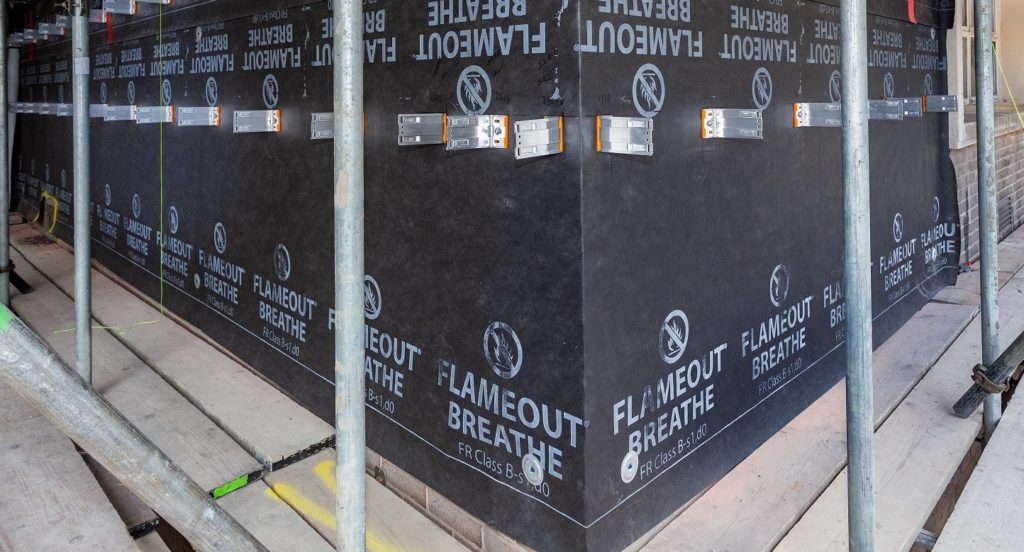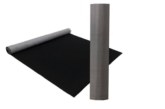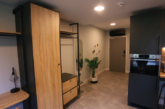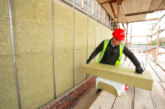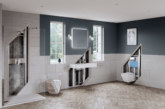
The performance requirements of a breather membrane are often misunderstood or overlooked, particularly in relation to water protection.

Marc van der Voort, managing director at ITP, explains the combination of considerations which are essential in any façade design.
Breather membranes play a key role within the building envelope. They facilitate the release of excess moisture vapour into the exterior, helping to keep internal wall roofing structures dry and protect the condition of insulation layers.
They can also serve a valuable purpose as a line of defence against water penetration during the construction stage and the lifetime of the completed building. However, the importance of this function – and the level of performance required to fulfil it – can depend on a variety of factors.
A lack of knowledge surrounding the nuances of water protection from membranes is a common problem within the construction industry. More clarity on the subject would extend the lifespan of many future buildings, avoiding the need for expensive remediation work further down the line.
Water resistance assessment
The current code for measuring water tightness in breather membranes is BS EN 13859-2 which has superseded code BS 4016 :1997. BS EN 13859-2 lists three classifications in descending order of watertightness: W1, W2 and W3. Although the BS 4016 has been withdrawn, the maximum water vapour resistance of 0.6 MNs/g is still very much used for façade breather membranes.
To comply with BS 13859-2 a membrane should carry either a Class W1 or W2 resistance to water penetration. The Structural Timber Association (STA) issued an Advice Note which states that a membrane with a W2 classification is suitable for use in most façades where continuous rainscreen cladding is used without gaps such as masonry or render board. The manufacturer should confirm that a Class W2 membrane achieves a minimum of zero leakage in the aged condition to BS 13859-2.
However, the level of acceptance for W2 under BS EN 13859-2 is often subject to confusion as the test and water leakage acceptance rates differ from the testing used for the superseded BS 4016. Having reviewed the differing EN and BS test methods, the STA recommends that breather membranes achieve zero leakage under the EN test as a minimum value.
During the service life of the building wall, STA recommends Class W1 to BS EN 13859-2 for projects with open-jointed façade cladding or leaky cladding and Class W2 to BS EN 13859-2 for projects with continuous rainscreen cladding types. With its higher test credentials, a W1 membrane provides better protection during the construction process than a W2 membrane. For any membrane requiring W1 or W2 water tightness, the performance of the membrane in aged condition is a vital part of the test criteria: if the membrane is not durable, then its performance in new condition is irrelevant.
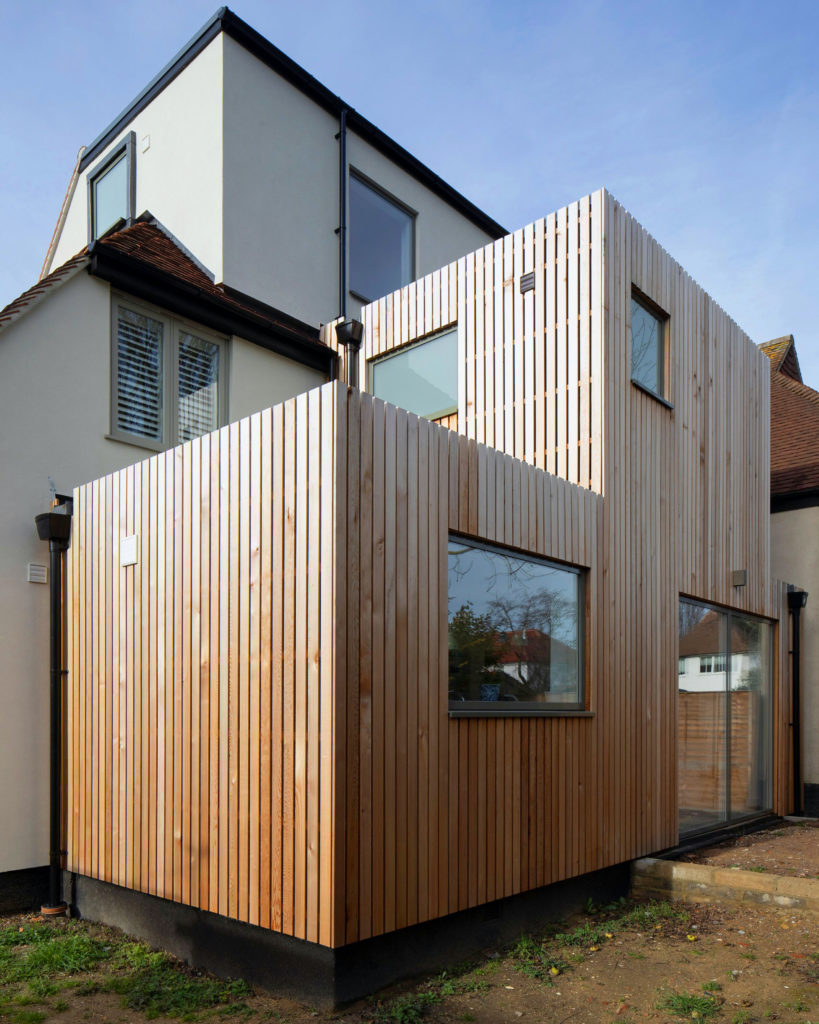 W1 resistance where?
W1 resistance where?
When determining a suitable membrane classification for a building, one of the most commonly overlooked factors is the local conditions. To conform with BS 13859-2, a membrane that achieves W1 water tightness in aged condition is recommended to be used with full rainscreen cladding in locations that are known to be exposed to high winds and driving, persistent rain. These locations are typically found on high-altitude exposed sites and westerly coastal sites.
BS 8104 recommends the use of the local spell index method to determine the necessary level of resistance to rain penetration. This includes four categories of exposure based on a calculated quantity of wind driven rain, from Zone 1 (sheltered) to Zone 4 (very severe). They should not be regarded as exact as local conditions or experience may require adjustments.
When an assessment produces an intermediate index, the designer should utilise local knowledge, topography and experience to establish the most appropriate exposure index. NHBC Standards Section 6.1.16: Exposure includes a map showing the concentration of the four zones across the UK. Any area within 30 miles of a west-facing coastline is usually considered to be in a severe exposure area.
The height of the building should also be considered. NHBC Standards Section 6.1.6 references how site-specific calculations can be made using BS 8104 Code of practice for assessing exposure of walls to wind-driven rain which takes into account wall heights.
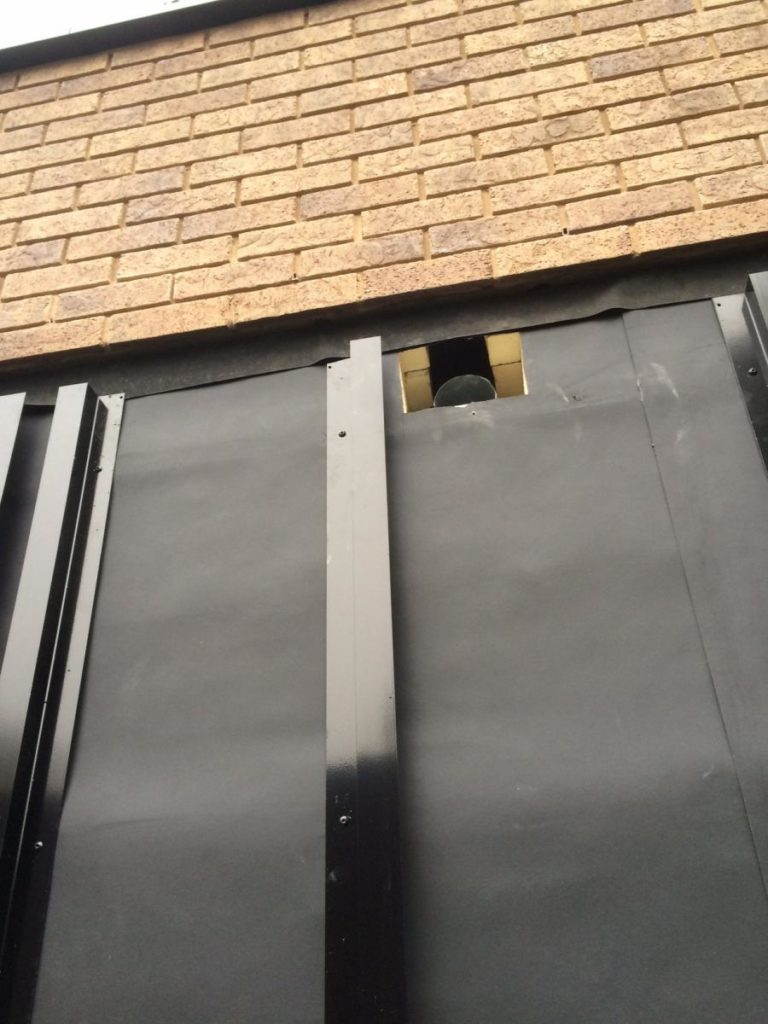 Standards for other key functions
Standards for other key functions
Water resistance is important, but designers should never lose sight of other key functions such as breathability, fire safety and UV resistance.
Although BS 4016 has been withdrawn and replaced, there are some aspects of its specification that remain useful for breathability. The new standard references test standards but does not contain performance requirements for breathability. Condensation risk calculations should be modelled using the exact materials being used in the external wall, utilising the manufacturer’s test data.
The Timber Research and Development Association recommends that “designers follow BS 4016 regarding moisture vapour resistivity of breather membranes for walls. Deviation for this moisture vapour resistance performance is permitted only if interstitial condensation risks are assessed using specific material properties and the results are favourable.”
UV resistance (or lack of) can determine a membrane’s long-term ability to perform other functions such as water resistance and fire protection. Most breather membranes are manufactured from polyolefins which can be affected by long-term exposure to UV.
Open jointed façade cladding, with gaps that expose the membrane and the passage of ultraviolet light and weather, require Class W1 resistance to water penetration and confirmation that the membrane has been tested to a minimum of 5000 hours of accelerated UV ageing with an energy minimum of 812MJ/m2 to BS 13859-2.
All these attributes form an essential part of the breather membrane concept. Navigating the complexities can be challenging, but reference to the relevant standards and local conditions is the most reliable route to the correct specification.

